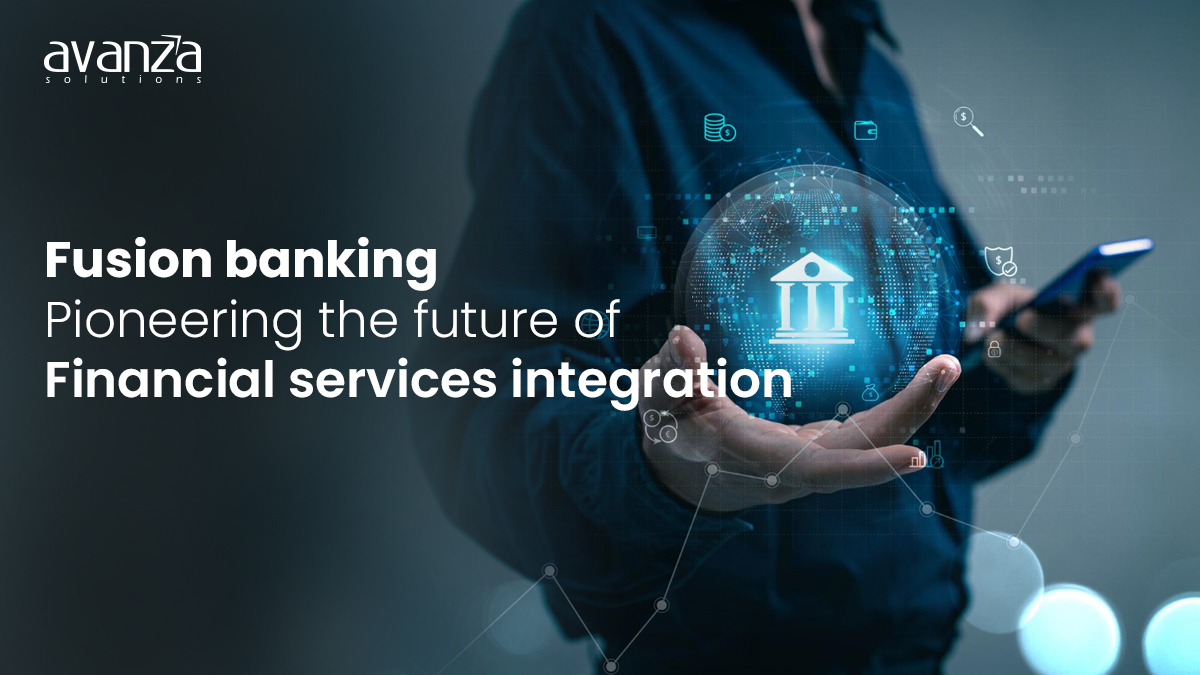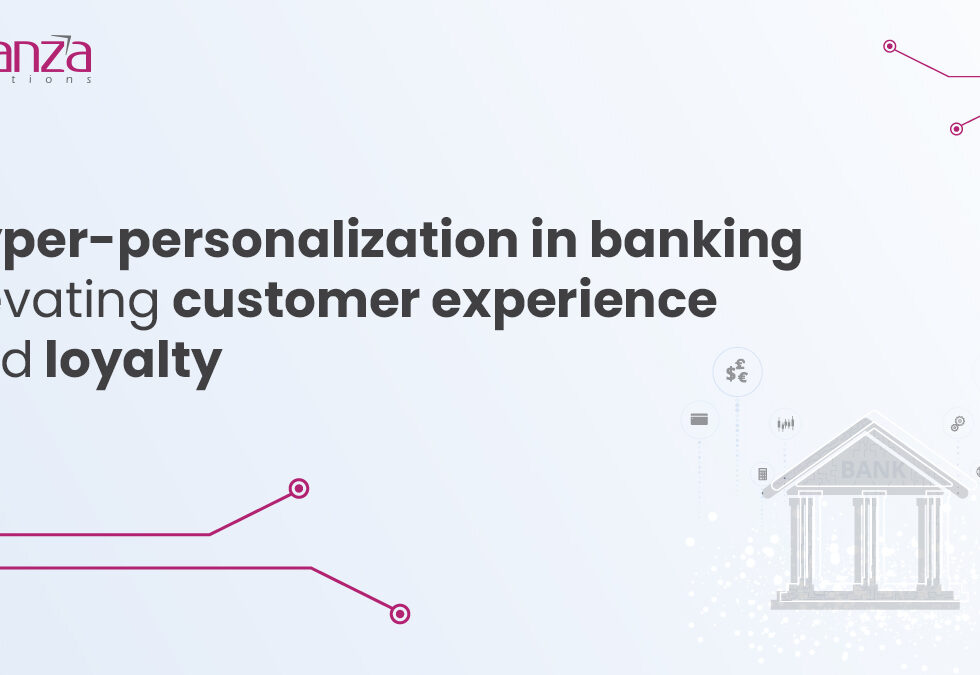
Avanza Solutions Forms Strategic Partnership with Reem Finance to Elevate Fusion Banking
November 5, 2024
Hyper-Personalization in Banking: Elevating Customer Experience and Loyalty
November 13, 2024Revolutionize your financial services with fusion banking!
The banking industry is no stranger to change. From the days of manual ledgers to the digital revolution, financial institutions have consistently evolved. Today, the newest evolution is taking shape in the form of Fusion Banking, a concept that goes beyond traditional financial operations to offer highly integrated and customer-centric solutions. But what exactly does Fusion Banking bring to the table, and why is it poised to become the next game-changer?
What is Fusion Banking?
At its core, Fusion Banking represents the seamless unification of traditional banking services with emerging digital technologies, creating an interconnected banking ecosystem. Unlike legacy systems that operate in silos, Fusion Banking integrates various financial services, data streams, and customer interactions into a single, harmonized structure. This approach optimizes operational efficiency, enhances customer experiences, and empowers banks to respond to rapidly shifting market demands.
The Core Elements of Fusion Banking
To understand how Fusion Banking redefines the financial landscape, we must break down its core components:
Customer-Centric Design: Unlike conventional models, Fusion Banking places the customer at the center of every operation. By leveraging real-time data analysis, AI-driven insights, and customizable digital interfaces, banks are now able to offer hyper-personalized services tailored to individual needs. This personalization fosters customer loyalty and helps banks predict emerging trends, enabling them to stay ahead of competitors.
End-to-End Digitalization: Gone are the days of manual processes and isolated systems. Fusion Banking banks embrace digital transformation, employing cloud-based infrastructures, APIs, and blockchain solutions to connect services. The result? Faster transactions, enhanced data security, and simplified access to a broad range of products, all while significantly reducing operational costs.
Open Banking & API Integration: By adopting open banking frameworks and APIs, Fusion Banking institutions can collaborate with fintechs, third-party vendors, and other stakeholders to deliver innovative financial products. This connectivity promotes interoperability between banking channels, ensuring that customers receive a consistent and seamless experience regardless of how or where they interact with their bank.
Advanced Analytics and Data Management: Data is at the heart of Fusion Banking. Sophisticated analytics and Big Data tools empower banks to extract actionable insights, providing a better understanding of customer behavior and needs. For instance, predictive analytics can help identify potential defaults before they happen, while personalized marketing strategies can target customers with products they are most likely to use.
Enhanced Compliance and Security: In today’s digital-first world, cybersecurity and regulatory compliance have become paramount. Fusion Banking leverages modern compliance tools, real-time monitoring, and AI-driven risk management solutions to protect customer data, detect fraud, and stay in line with evolving regulatory demands.
The Benefits of Fusion Banking
Implementing Fusion Banking solutions comes with a wide array of benefits that extend to both the financial institutions themselves and their customers.
Improved Efficiency and Cost Reduction: By automating manual processes and integrating various banking channels, Fusion Banking lowers operational costs and boosts efficiency. This allows banks to reallocate resources to innovation and better customer service.
Enhanced Customer Experience: Providing customers with tailored, frictionless interactions creates a significant competitive advantage. Real-time updates, self-service portals, and AI-driven customer support ensure that every touchpoint is seamless and satisfying.
Scalability and Agility: Thanks to the use of cloud-native platforms, Fusion Banking solutions can scale effortlessly to accommodate growing transaction volumes, new products, or emerging customer needs. Moreover, this agility helps financial institutions respond faster to market changes, outperforming competitors trapped in outdated frameworks.
Increased Collaboration and Innovation: The open nature of Fusion Banking encourages collaboration with fintechs, enabling the co-creation of value-added services and innovative financial products. Banks no longer compete solely with startups; they can also collaborate, driving collective growth and innovation.
Challenges in Implementing Fusion Banking
Of course, adopting Fusion Banking is not without its challenges:
Legacy System Integration: Many traditional banks operate on outdated legacy systems that cannot easily accommodate new technologies. Transitioning to Fusion Banking requires careful planning, investment, and in some cases, complete overhauls.
Data Security Concerns: As data becomes more interconnected, the risk of breaches and cyberattacks increases. Fusion Banking demands robust cybersecurity protocols, requiring continuous upgrades and industry collaboration.
Regulatory Hurdles: With cross-border transactions and open data sharing, regulatory compliance remains a key concern. Banks must ensure that their Fusion Banking models adhere to local and global laws, often a daunting and resource-intensive task.
The Future of Fusion Banking
Fusion Banking isn’t just a fleeting trend—it is the future of financial services integration. As customer demands continue to evolve and technology races forward, banks that adopt and adapt to Fusion Banking principles will lead the industry. This paradigm shift will pave the way for innovative product offerings, smarter data utilization, and a more inclusive financial system.
In closing, Fusion Banking signifies the transition from fragmented banking systems to an all-encompassing financial ecosystem where agility, innovation, and customer focus take precedence. The journey may be complex, but the rewards are too significant to ignore.






